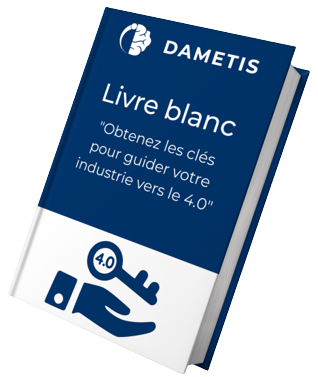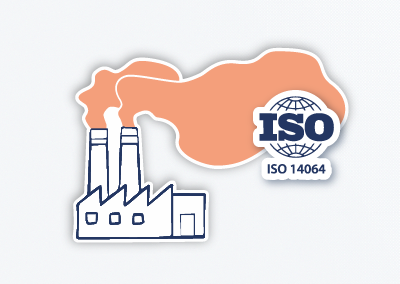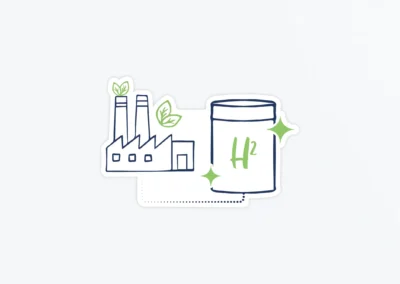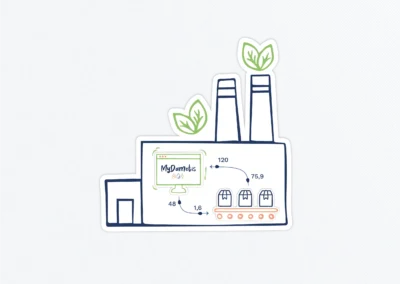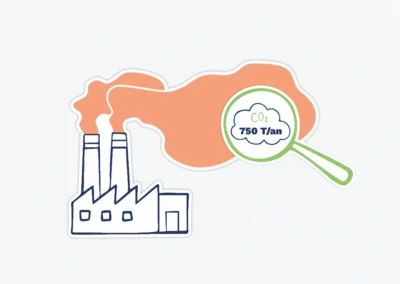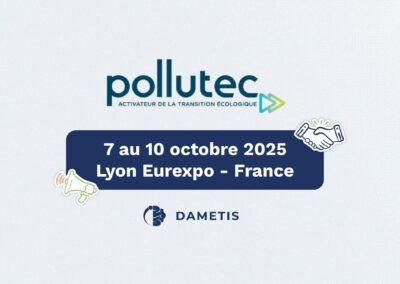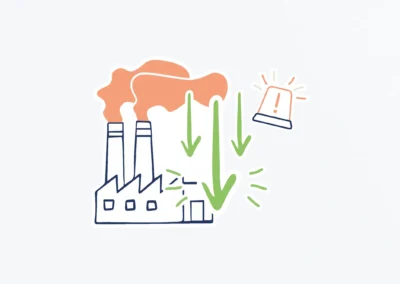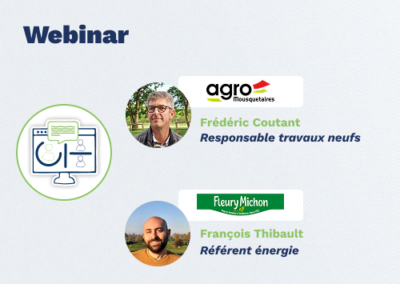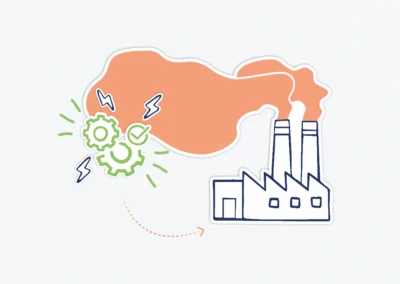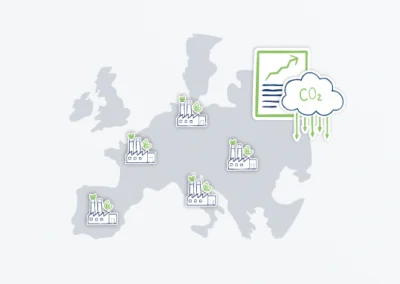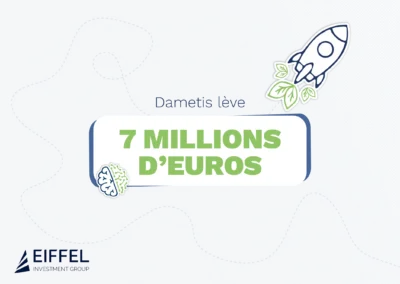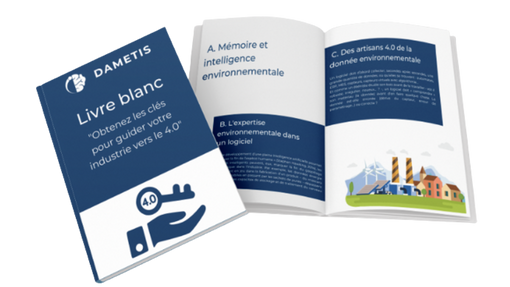
White Paper 1: Get the Keys to Guide Your Industry to 4.0
Decarbonizing the manufacturing industry is now a major challenge for economic, geopolitical, and environmental reasons. Energy Renovation and Renewable Energies: What actions should be implemented to achieve this? How can industrialists get support today?
To help you in this transition, we have written the Dametis White Paper in three chapters, so you can get the keys to guide your industry to 4.0!
This White Paper was made possible by Dametis experts:

Julian Aristizabal
Co-founder, CEO

Jérémy Barrais
Product Manager

Nicolas Duran
Co-founder, CTO

Sébastien Papouin
Technical Director

Cyril Quemeneur
Energy Engineer
A. Environmental Memory and Intelligence
As Stephen Hawking said in 2014, “The development of full artificial intelligence could spell the end of the human race,” intelligent software can mark the end of energy waste in the industry.
For example, the energy data involved in the manufacturing of a product—from mascara to automobiles to mashed potato packets—exceed the storage and processing capabilities of the human brain.
Professionals naturally began by outsourcing their “energy memory” to paper files and Excel spreadsheets.
This happens when an operator records meter readings on a printed sheet and files it, which may later be transcribed with more or less error into a computer by a colleague.
Similarly, various software in a corner of the factory often holds diverse data, including energy data, without making use of it.
B. Environmental Expertise in Software
An ideal collaborative platform for environmental transition should concentrate the world’s human expertise in industrial environmental efficiency in the hands of each user. To achieve this, it should be a true expert system. “An expert system is a computer AI tool designed to simulate the expertise of a specialist in a precise and well-defined field by using a certain amount of knowledge explicitly provided by domain experts.”
C. 4.0 Craftsmen of Environmental Data
Just as a cabinetmaker studies his wood before working on it—checking if it’s robust, irregular, or knotty —a software system must “understand” its material (the data) before doing anything with it. Is the data erroneous (sensor drift, configuration error) or correct?
To get the keys to guide your industry to 4.0, click the button below, and we will send you the first chapter of our White Paper.
